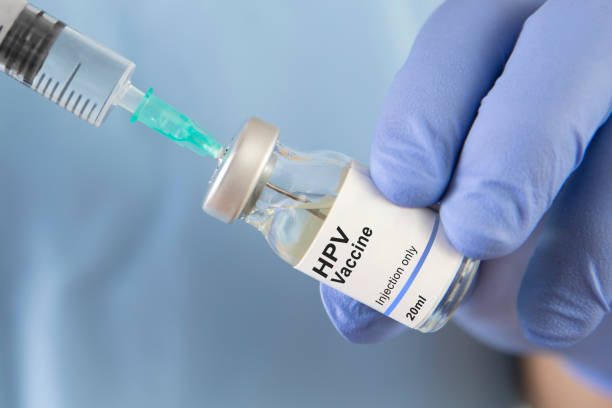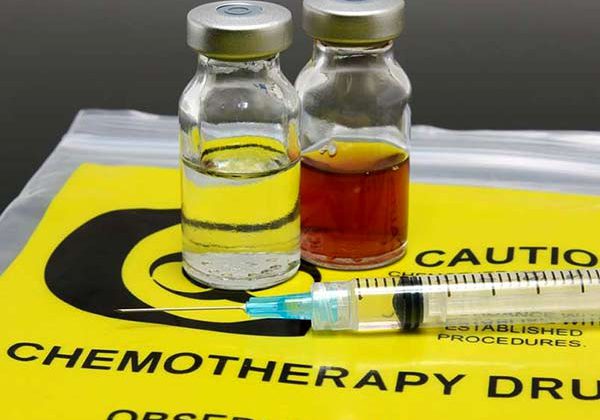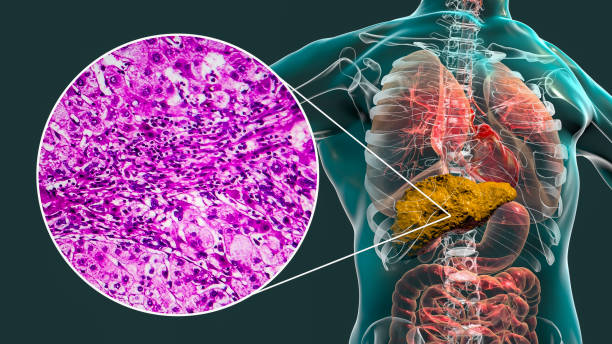Gender-neutral HPV vaccination best at preventing cervical cancer
The most effective way to prevent cervical cancer is to give HPV vaccines to both boys and girls, reports a collaborative study involving researchers from Karolinska Institutet published in Cell, Host and Microbe. Besides personal immunity, such use of the vaccine also induces herd immunity that will help to eradicate the carcinogenic virus types more quickly.
The human papillomavirus (HPV) comprises over 200 virus types. A viral infection usually clears up on its own, but some HPV types can eventually, after years, give rise to different kinds of cancer, of which cervical cancer is the most common.
The use of the HPV vaccine was approved in 2006. Initially, it was given exclusively to girls around the age of 12, but since August 2020, the HPV vaccine has been offered to both boys and girls in the year-five general vaccination program in Sweden.
The researchers behind the present study have looked at how the distribution of different cancer-causing HPV types changes in a population over time after the community is vaccinated. This study consisted of 33 different towns (ie. communities) in Finland, which were randomly assigned to eleven communities with boys and girls vaccination, eleven communities with girls-only vaccinations and eleven communities without HPV vaccination.
The study inicially invited more than 60,000 children born between 1992 and 1994 for vaccination and who were followed up at the age of 18 (over 11,000 individuals) and 22 (over 5,500 individuals), representing time points of four and eight years after the HPV vaccination. The vaccine used was designed against the most oncogenic HPV types 16 and 18, which cause 70 percent of all HPV-related cervical cancers, but also transpired to provide cross-protection against types 31 and 45. The vaccine coverage rate was up to 50 percent.
“The fact that the Finnish HPV vaccine study randomized the communities to different intervention strategies is what enabled us to comprehensively study the long-term effects of vaccination to the HPV population,” says the study’s first author Ville N. Pimenoff, docent of evolutionary medicine at the Department of Clinical Science, Intervention and Technology, Karolinska Institutet.
The results show that eight years after vaccination, the prevalence of HPV types 16 and 18 declined significantly in the 22 towns in which the HPV vaccine was provided. In the eleven towns that only vaccinated girls, there was also a decrease in HPV 31, while in the eleven towns that vaccinated girls and boys, there was a clear decline in both HPV 31 and 45.
“This demonstrates that a community acquires stronger herd protection if you vaccinate both boys and girls,” says Dr Pimenoff. “According to our estimations, it would take 20 years of vaccinating girls to achieve the same effect that can be achieved in eight years with a relatively moderate coverage gender-neutral vaccination.”
The researchers are also able to show that the virus types eliminated by the vaccine were replaced by other HPV types of low oncogenecity, a replacement phenomenon, that was previously assumed not to occur with HPVs but is now observed for the first time in this large community-randomized trial data, say the researchers.
This means that although the risk of cancer from the virus types against which the vaccine protects is negated, the risk of cancer is diminished, since low-risk virus types replace them.
“The HPV vaccine is effective against the cancer-causing HPV types, particularly when implemented gender-neutral, and studies, including our own, show that the newly emerging HPV types filling the niche post-vaccination are with low or no risk for cancer,” Dr Pimenoff continues.
A vaccine is also now used that targets nine different virus types, including some of those that were observed to increase in the current study.
The drastic changes in virus type distribution in a population after vaccination also has consequences for the cervical screening that runs parallel to the vaccinations. Here the search is for high-risk HPVs, such as 16 and 18.
“But as more and more vaccinated women reach screening age, we’ll have to start testing them at another frequency or stop testing altogether. An increase of low-cancer-risk HPV types in a vaccinated population could lead to overdiagnosing individuals who are not at risk of cancer,” says Pimenoff.
The study was a collaboration among researchers at Karolinska Institutet and the universities of Tampere (Tammerfors), Oulu (Uleåborg), and Lund. It was financed by the Cancer Foundation of Finland, the Swedish Cancer Society, and the EU Horizon 2020 program. The researchers report no conflicts of interest.
https://www.cell.com/cell-host-microbe/fulltext/S1931-3128(23)00417-1
Full bibliographic information
Published on 02/11/2023 by Karolinska Institutet
Publication: “Ecological diversity profiles of non-vaccine targeted HPVs after gender-based community vaccination efforts”
By: Ville N. Pimenoff, Penelope Gray, Karolina Louvanto, Tiina Eriksson, Camilla Lagheden, Anna Söderlund-Strand, Joakim Dillner, Matti Lehtinen,
Online Journal: Cell Host & Microbe, online November 8, 2023
DOI: 10.1016/j.chom.2023.10.001





